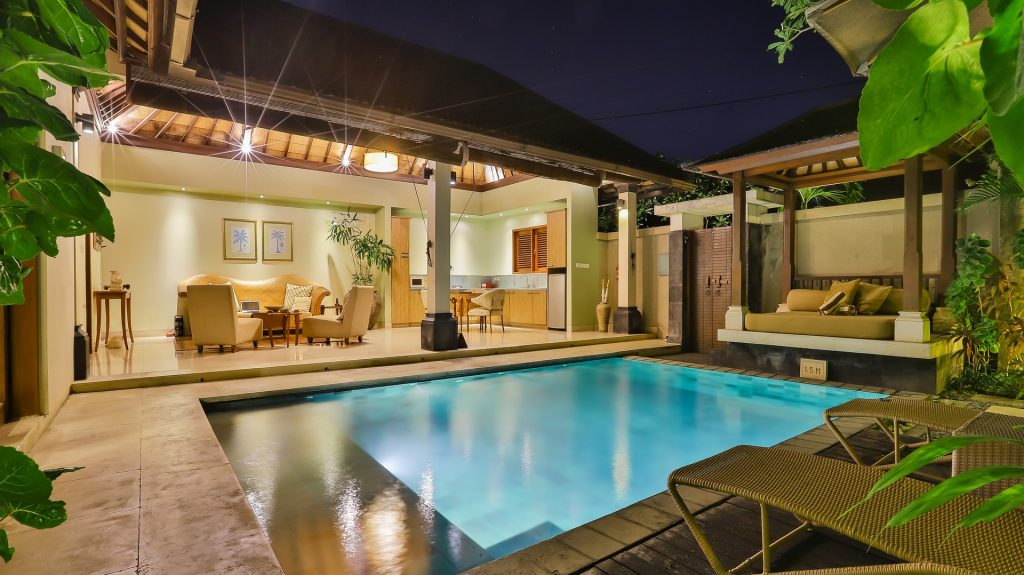For a house to be comfortable, you need to set the right temperatures especially in regions that move from significantly hot months to significantly cold months. For this purpose, you need a functioning heating and cooling (HVAC) system in your house.
This is where heat pumps come in. A heat pump is an incredibly effective way of heating and cooling your home.
“So, what size heat pump do I need?” You may ask. Unfortunately, there is no one-size-fits-all heat pump for every house. Generally, the bigger your house, the bigger the heat pump you will require.
However, the size of your house is not the only thing you should consider during heat pump size calculation. Below are a few things that you need to know about heat pump sizing:
Is it Important to Get the Heat Pump Sizing Right?
Yes, ensuring that your heat pump is the right size is important. The right heat pump unit for your house is supposed to reach the set temperature quickly enough, and maintain that required temperature efficiently by using less energy. This will help to keep your utility and repair costs low.
However, if the heat pump unit is too small, it will overwork to try and generate sufficient energy to meet the temperature demands of your home. This leads to inefficiencies and a lot of energy is wasted in the process. Also, there will be constant breakdowns meaning higher maintenance fees.
On the other hand, if the system is too large, it will generate excess energy leading to a lot of wastage. You will spend more money than you should on the initial purchase and operate it.
In addition, if the pump is not the right size for your home, other problems are likely to come up. Oversized heat pumps take a very short time to reach the set temperature. As a result, they shut off often which causes temperature fluctuation and poor indoor humidity control.
How do I Size a Heat Pump?
There is a standard sizing method that is followed in the HVAC industry when determining the correct size of a heat pump for a house.
The Air Conditioning Contractors Association of America has recommended using the Manual J and Manual S procedure. In Canada, the preferred sizing method is the CSA-F280-M90.
The Manual J procedure involves going room by room to determine the heating and cooling loads required depending on the size and structure of the room, the number of doors and windows, the type of insulation, and environmental factors such as winter and summer conditions.
Other factors considered in Manual J include;
- The shape, size, and layout of the home
- The flow of air
- The number of people living in the house
- The equipment and appliances in the home that produces heat
All these factors are factored in when coming up with the overall heat demand of the house. This will inform the size of the heat pump required.
To simplify the calculations, you can use some computer programs with the Manual J to get accurate calculations.
The manual S procedure is used in the selection of the right elements such as thermostats, air ducts, and air handlers.
The Size of Your House Matters
The size of your home is perhaps one of the biggest considerations to make when determining the most appropriate size for your new heat pump. As stated earlier, the bigger the house, the larger the heat pump to be installed.
The layout of the home matters too. For example, a detached bungalow has different heat and cooling requirements compared to a terraced home. Therefore, the heat pump sizes will be different too.
It is also important to consider the types of rooms, the sizes, and how they will be used. This will help in setting the desired indoor temperature for each of those rooms because all rooms are not heated equally.
Some rooms require more heat than others. Living rooms and bathrooms, for example, need to be heated more intensively than bedrooms.
The level of insulation of the house matters as well. A poorly insulated house loses heat easily. On the other hand, if your house has a high level of insulation it retains a lot of heat. Therefore, the former will require a heat pump with a higher output than the latter.
Type of Heat Pumps
There are two widely used heat pumps; ground source heat pumps and air source heat pumps. The amount of power produced by these pumps depends a lot on the temperature of the source of energy. The size of the heat pump you need for your house will differ depending on the type you choose.
Ground source heat pumps are quite stable because they are influenced by soil temperatures which are relatively consistent all year-round. So the power output does not vary significantly. Because of this, the ground source heat pumps are relatively smaller.
A new house of about 100 square meters in size, for example, will need a small 4kW ground source heat pump. Naturally, the bigger your house is, the higher the heat load. Therefore, you should increase the size of the heat pump to match the heat load of your house.
Air source heat pumps are influenced by air temperature, and so they have greater variations in power output than ground source heat pumps. For this reason, air-source heat pumps are usually a little larger compared to ground-source heat pumps. Therefore, a new house of about the same size as the one mentioned above will need a 5kW air source heat pump.
A Rough Estimate Of The Size Of Heat Pump For Your House
Regular-sized houses use heat pump sizes that range between 4kW and 15kW, and they are based on the industry-standard temperatures, which is 7oC/35oC. This means a 4kW heat pump will produce 4kW if the resource temperature is 7oC and the indoor flow temperature is 35oC.
To get a rough estimate of the size of heat pump you will need for your house, you need the following figures: the size of your home (in square feet) and the number of kilowatts (kW) required to heat your home comfortably.
The general rule of thumb is that you should use 1 kW for every 100 square feet. But as mentioned earlier, many other variables need to be factored in before arriving at the final figure.
Alternatively, you can calculate the size of your heat pump based on the tons of air conditioning capacity required. Professionals recommend one ton of air conditioning capacity to be installed for every 500 square feet of floor area.
One ton of air conditioning capacity is worth 12000 British Thermal units (BTU). Therefore, the British Thermal Unit is the customary unit used in determining most sizes of heat pumps.
It is worth noting that sizing a heat pump is not a straightforward task. However, it must be done correctly if the system is to operate adequately.
There are so many variables that have to be factored in during heat pump size calculation. That is why, if possible, you should get a professional like AHWA to help you do it for effective heat pump performance all year round.














